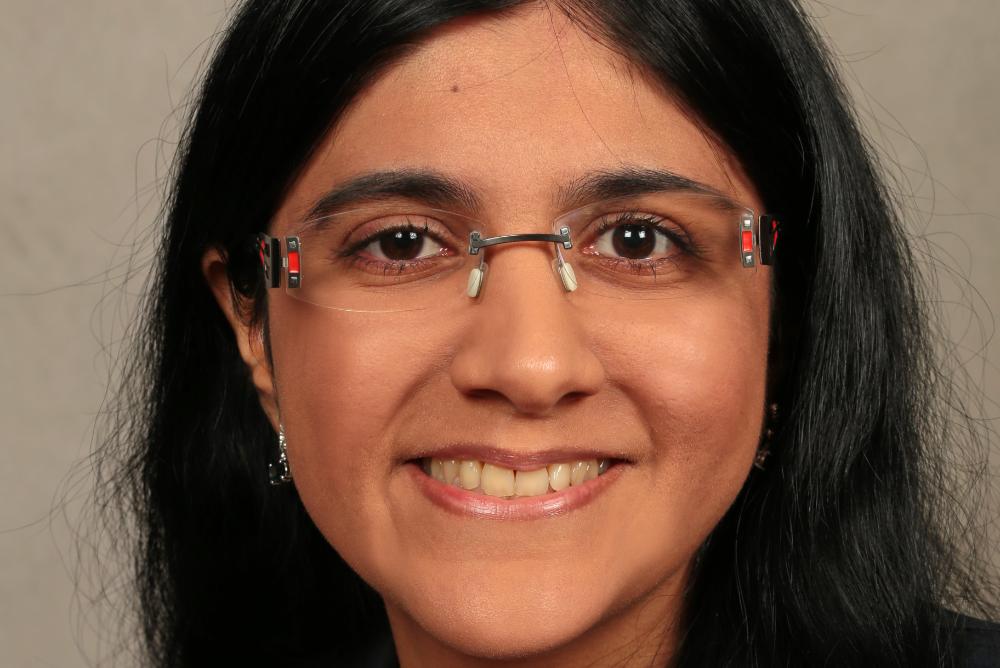W&M Featured Events
[PAST EVENT] Physics Colloquium - Dr. Farah Afzal
Access & Features
- Open to the public

Title: Light Hadron Spectroscopy with Photoproduction Experiments
Abstract: The strong force is one of the four fundamental forces in nature and is responsible for the binding of protons and neutrons inside the atomic nu- cleus. Although in principle, the underlying dynamics of the constituents inside the nucleons, i.e. the quarks and gluons is described by quantum chromodynamics (QCD), the generation of confined states i.e. hadrons, which are classified as baryons and mesons, is not well understood. Ac- cording to the constituent-quark model, a conventional baryon is com- posed of three quarks and a conventional meson consists of one quark- antiquark pair. One way to shed light on the non-perturbative regime of QCD is to investigate the hadron excitation spectrum.
Predictions from first principles in lattice QCD or from quark models ex- pect a dense light baryon spectrum which is not observed in experimental data. Experimenal facilities like the A2 experiment in Mainz and the CBELSA/TAPS experiment in Bonn use photon beams with energies of up to 3 GeV to explore the light-baryon spectrum.
Higher photon beam energies of up to 12 GeV are used at the GlueX experiment located in Hall D of Jefferson Lab, which allows to study the spectrum of light-quark mesons and in particular to look for more com- plicated meson configurations like hybrid mesons, where gluonic degrees of freedom contribute to the quantum numbers of the meson, resulting in exotic quantum numbers for some of them. Mapping out the spectrum of hybrid mesons is especially important in understanding the role gluons play in the hadron spectrum. I will give an overview of the on-going ex- perimental efforts in the field of light hadron spectroscopy with different photoproduction experiments.
Sponsored by: Physics
